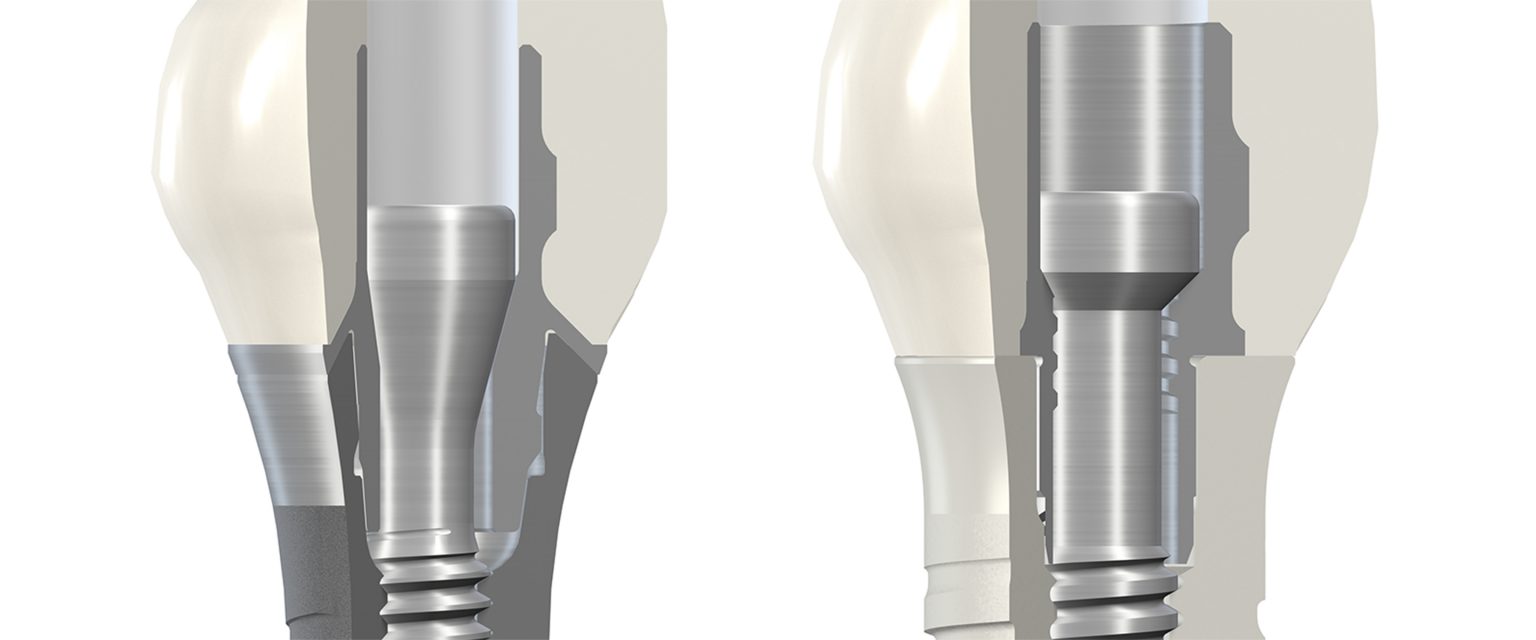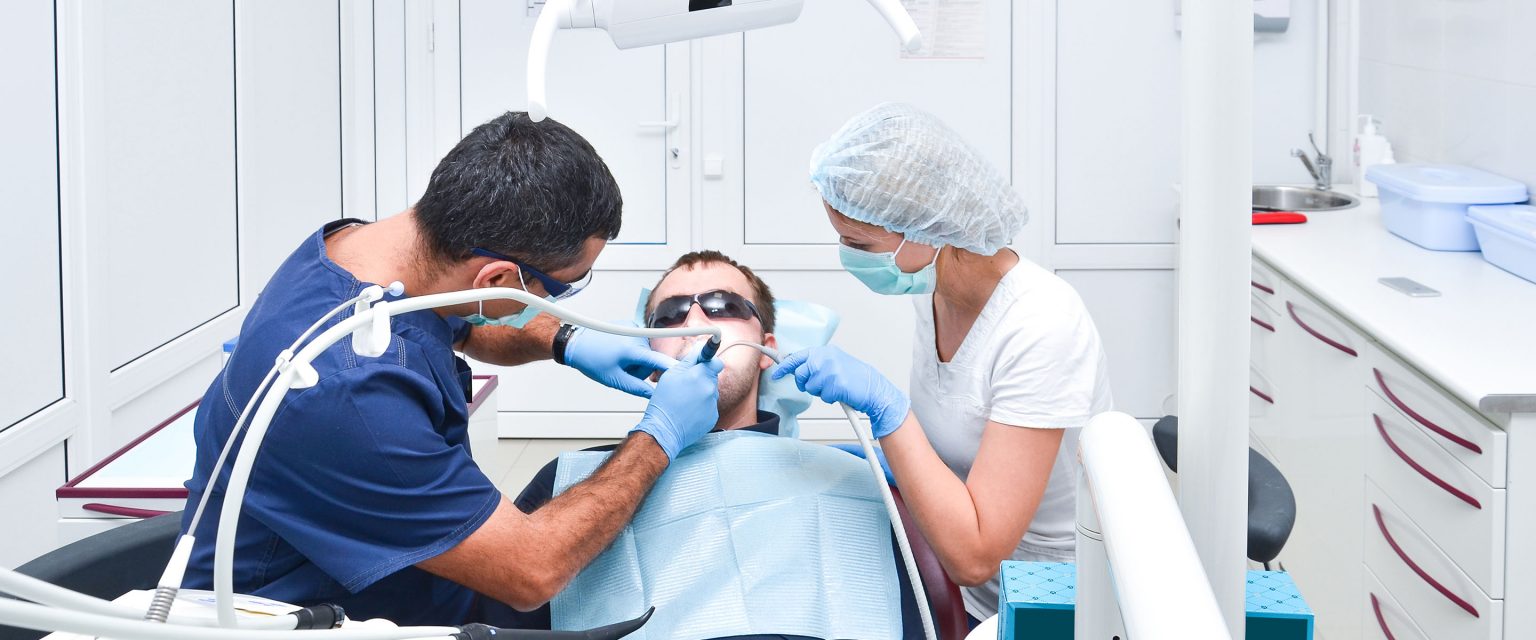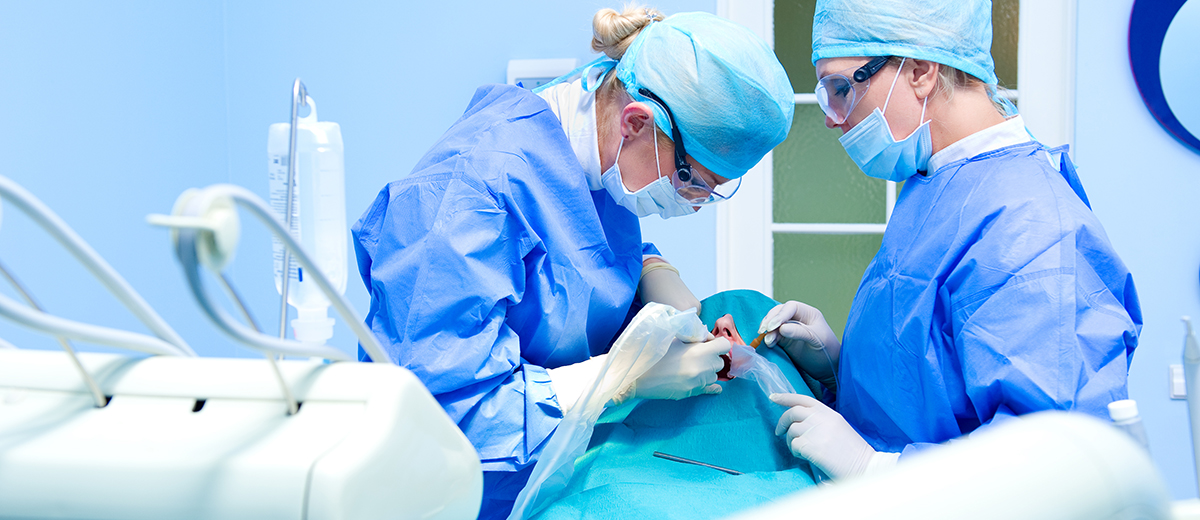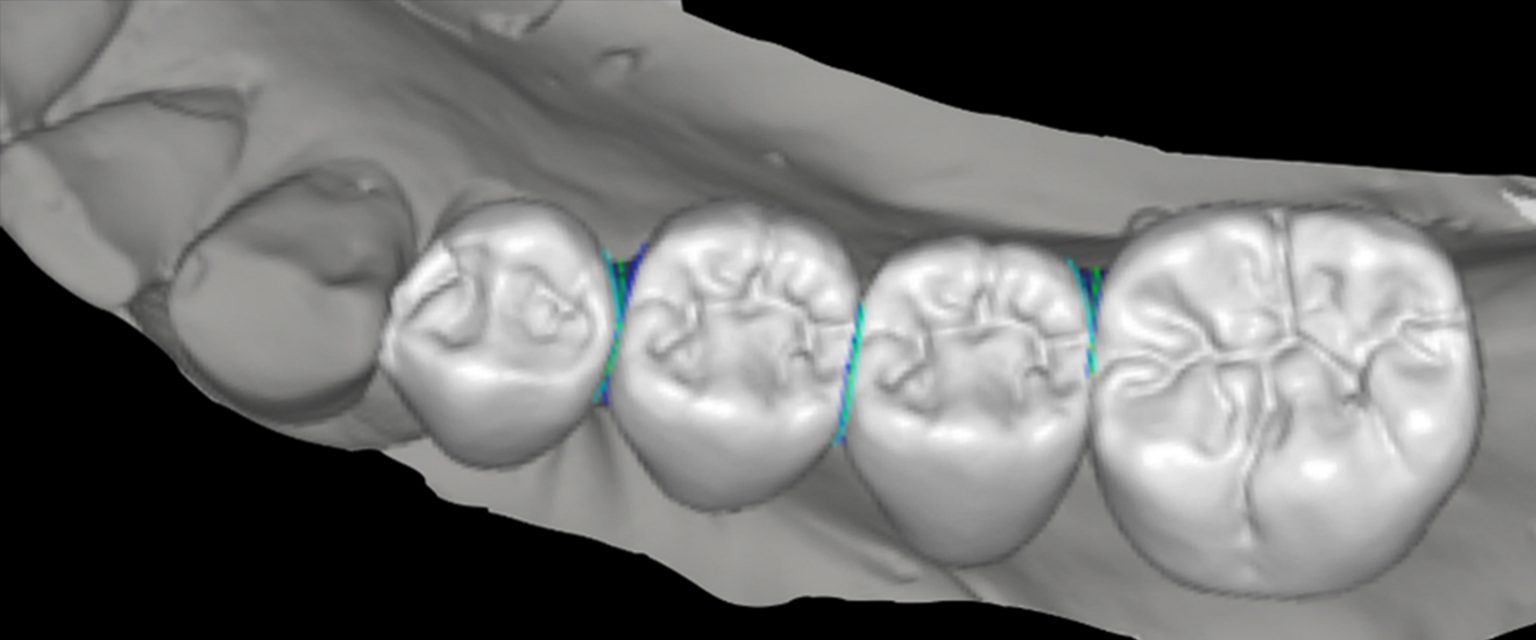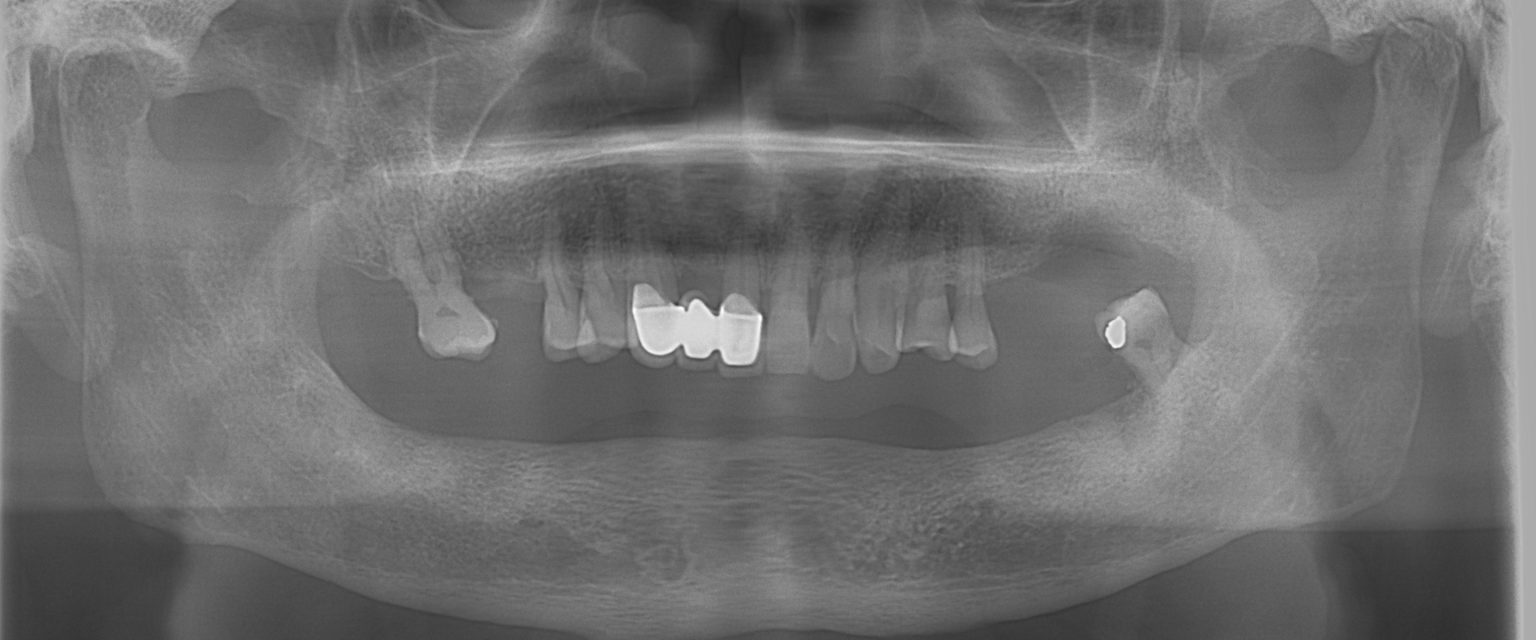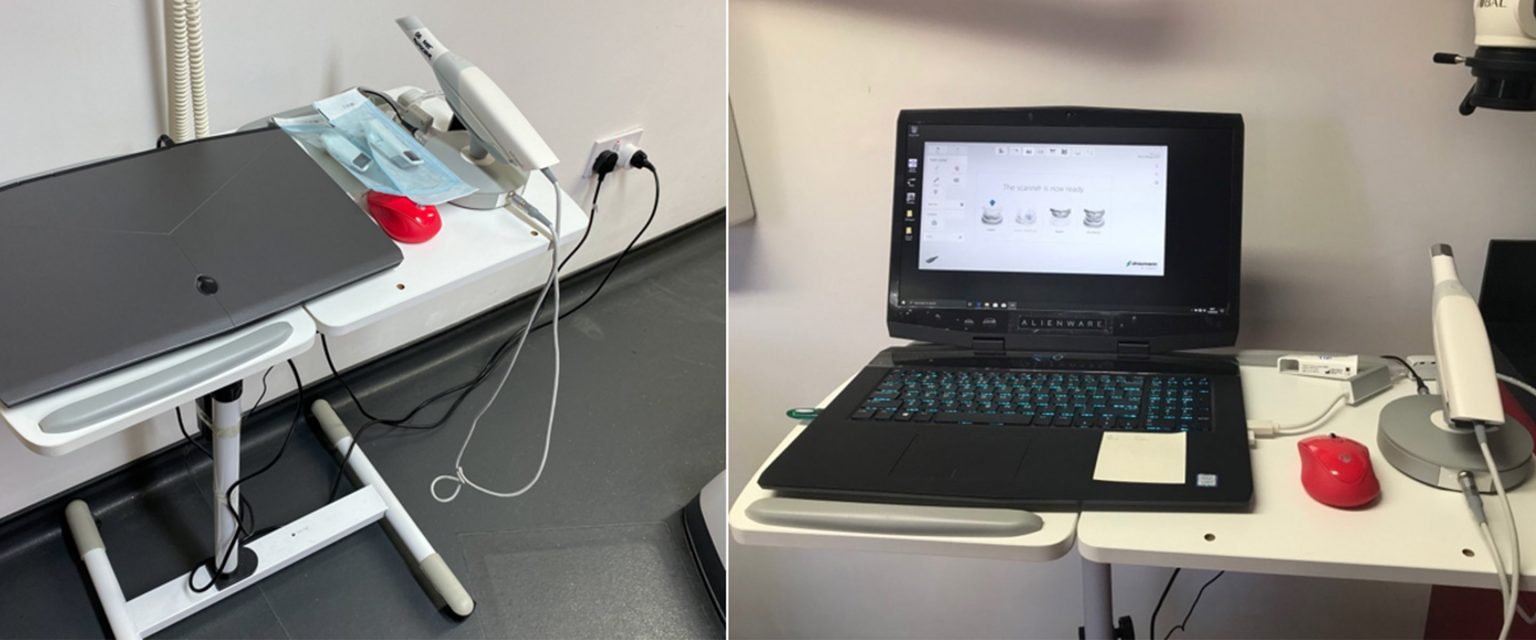
Digital dentistry – Using intraoral scanning
Introduction When we talk about “digital dentistry” and digital solutions, there are many different aspects to “digitising” the modern dental office and our approach to treating our patients with a comprehensive range of digital devices: Dental computing software for charting and intraoral photography Extraoral photography Shade-taking devices Face scanners Intraoral

